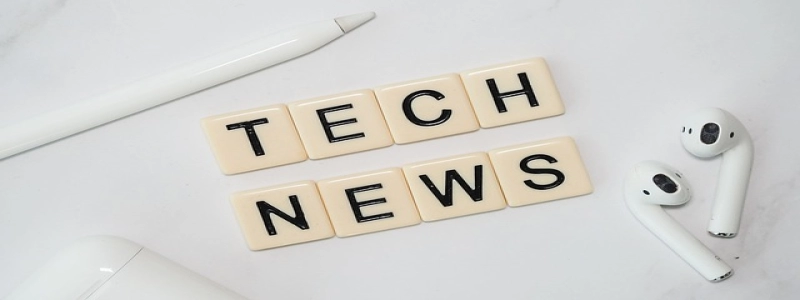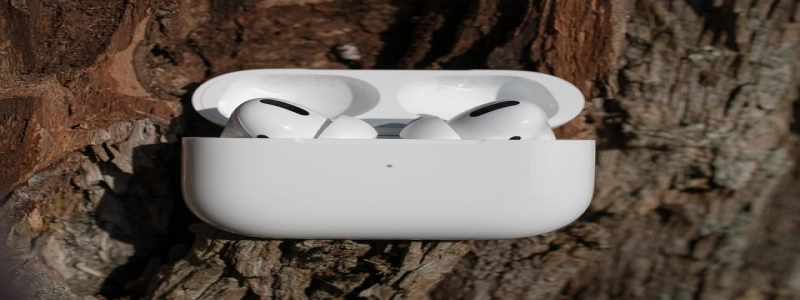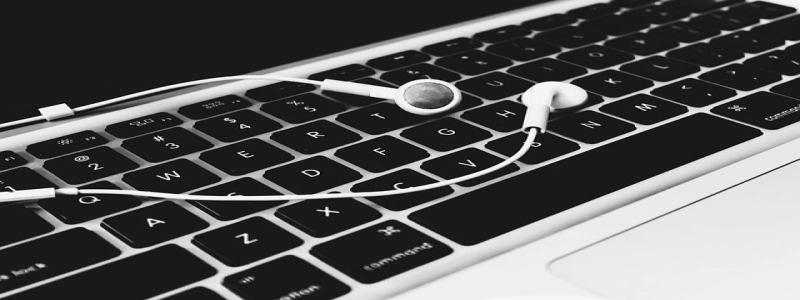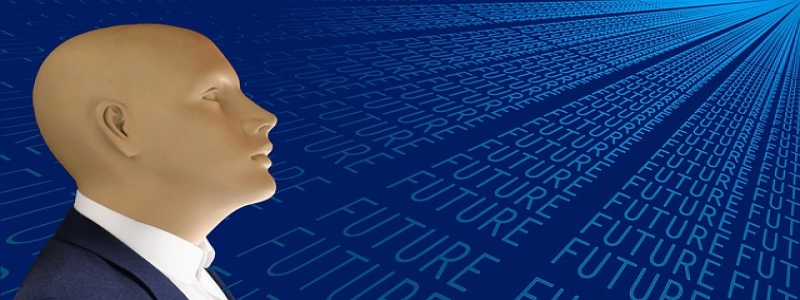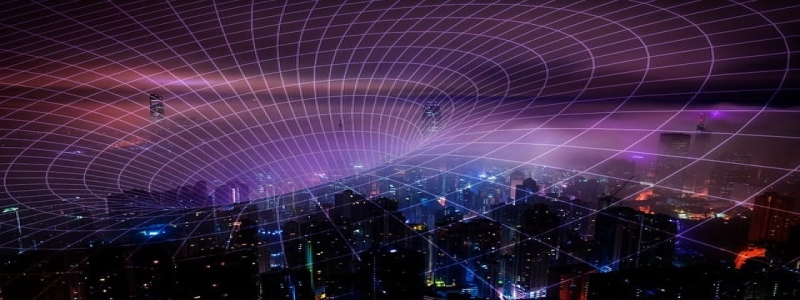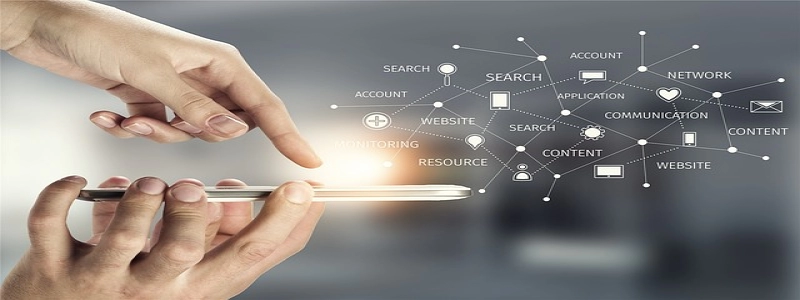What Does an Ethernet Port Look Like?
Introduktion:
Ethernet ports play a crucial role in computer networking. They are used to connect devices such as computers, routers, skifter, and modems, allowing them to communicate and share information over a local area network (LAN). I denne artikel, we will explore what an Ethernet port looks like and delve into its functions.
jeg. What is an Ethernet Port?
An Ethernet port, also known as an Ethernet jack or Ethernet socket, is a physical connector that provides a wired connection for networking devices. It follows a standardized protocol called Ethernet, which allows for reliable and high-speed data transmission.
II. Physical Appearance:
Ethernet ports come in different sizes and shapes depending on the device they are housed in. Imidlertid, they generally share some common characteristics:
1. Shape: Ethernet ports are typically rectangular or square in shape. They have a slightly wider shape compared to a standard phone jack, allowing for a more secure and stable connection.
2. Number of Ports: Devices may have one or several Ethernet ports. Computers usually have one Ethernet port, while routers and switches often have multiple ports to accommodate multiple connections.
3. Color: Ethernet ports are commonly colored to distinguish them from other connectors. They are often blue, with other colors used occasionally for specific purposes.
4. Labeling: Most Ethernet ports have labels or symbols indicating their purpose. For example, a port may be labeled with an icon resembling a computer or network device.
III. Connectivity:
Ethernet ports use an RJ-45 connector to establish a connection. This connector has eight pins that align with the corresponding pins inside the port. To connect devices, an Ethernet cable with an RJ-45 connector is plugged into both the sending and receiving ports, forming a secure and reliable link.
IV. Functionality:
Ethernet ports serve as the interface for transmitting and receiving data over a network. They provide a physical connection between devices, enabling the transfer of information from one device to another.
1. Sending Data: When data is sent from a device, it is converted into electrical signals that travel through the Ethernet cable. These signals are received by the receiving device’s Ethernet port, which converts them back into usable data.
2. Receiving Data: Conversely, when data is received, the Ethernet port converts it into electrical signals that can be interpreted by the receiving device. The data can then be processed, stored, or displayed, depending on the device’s function.
3. Speed and Compatibility: Ethernet ports support different data transfer speeds, such as 10 Mbps, 100 Mbps, or 1 Gbps (Gigabits per second). Devices must have compatible Ethernet ports to achieve maximum speed and performance.
Konklusion:
Ethernet ports are vital components of computer networking, enabling devices to connect and communicate over local area networks. Their rectangular shape, distinct color, and labeling make them easily recognizable. By using Ethernet cables and RJ-45 connectors, these ports facilitate the transmission and reception of data at various speeds. Understanding what an Ethernet port looks like and its functionality enhances our knowledge of networking technology and aids in troubleshooting network connectivity issues.

